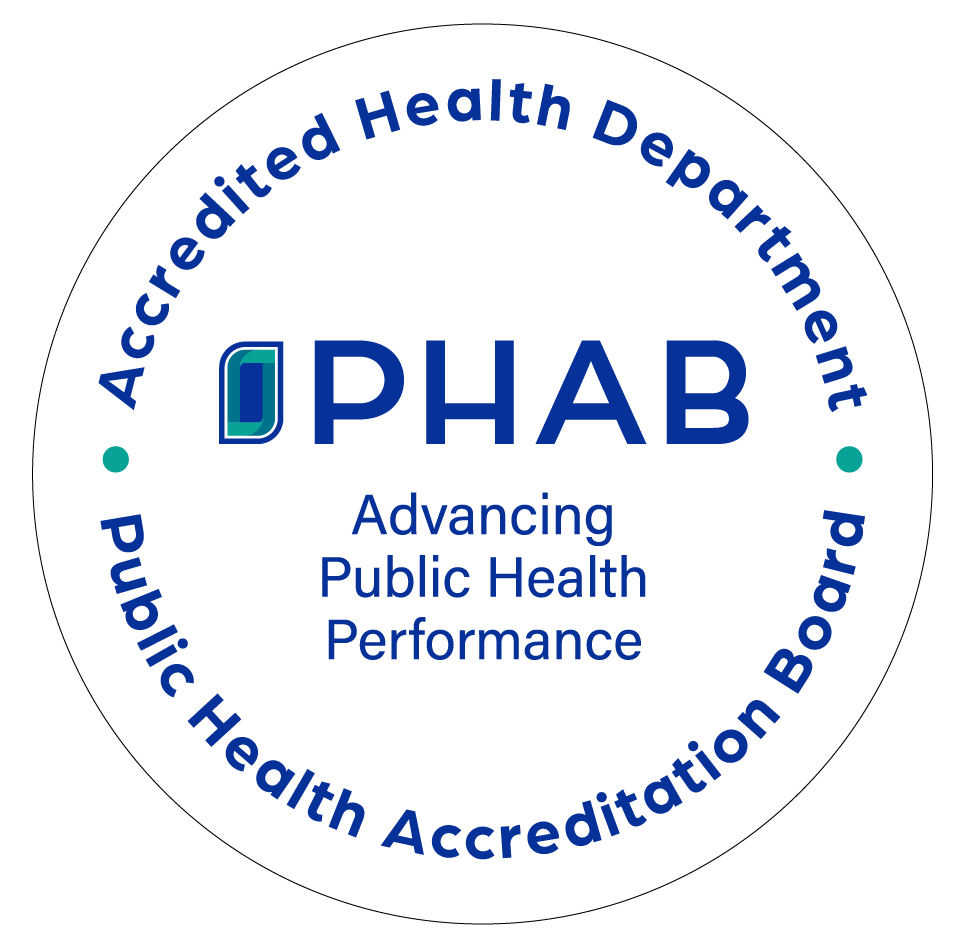Introduction
There are times when the use of an onsite sewage system (OSS) or its components is discontinued either due to connection to sanitary sewer, or replacement due to failure. When the use of an OSS or any component is discontinued, proper abandonment or removal procedures must be followed. All tanks must be properly abandoned to prevent future safety hazards due to unsecured tank openings or from tank collapse. The homeowner may desire to remove other components for aesthetic or practical reasons. The homeowner is responsible for the abandonment and removal process. It is important to make sure that the abandonment or removal process is not a health or safety threat to those conducting the procedure, to the homeowners or to others in the community.
How free the OSS is of pathogens depends on the degree of retention and survival of the pathogens in the OSS components, such as septic and dose tanks, distribution boxes, sand mounds and subsurface soil absorption fields. A literature review revealed the following concerning pathogen survival in an OSS after its use is discontinued:
The major factors that affect the survival of enteric pathogens in soil are moisture content, moisture holding capacity, temperature, pH, and sunlight1. Longer survival times have been recorded in moist soils (high moisture content) and during times of high rainfall. Survival time is less in sandy soils, which have lower water holding capacities. In sand where drying was rapid due to low moisture retention, Salmonella typhosa would survive between 4-7 days during dry weather. Enteroviruses survived no more than 15-25 days in samples of air-dried soil, compared to 60-90 days in samples with 10 percent moisture1. Higher temperatures shorten the survival time of pathogens. Longer survival times have been observed in winter than in summer. Salmonella typhosa may survive as long as 24 months at freezing temperatures. In one study, a 90 percent reduction in the number of fecal coliforms took 3.3 days in the summer and 13.4 days in the winter in exposed soil plots2. It has also observed that poliovirus survival was greater in winter than in the summer in Cincinnati, Ohio1. It has been reported that Cryptosporidium oocysts may remain dormant under cool temperatures and suitable conditions of moisture in soil for many months3. Salmonella typhosa, E. coli and Streptococcus faecalis die out in a few days in soils with pH values ranging from 2.9 to 4.5, while they can persist for several weeks in soils with a pH of 5.8 through 7.81 Shorter survival times have been observed at the soil surface where the pathogens have a higher exposure to sunlight. This may be due to the detrimental effect of ultra-violet light that is present in sunlight on pathogens1.
The effect of these factors on the abandonment of an OSS will vary depending on seasonal weather and soil type. Another variable is the types of pathogens present in the system. Therefore, it is impossible to assure a certain time period after which the abandonment of an OSS would be no risk to those exposed to the process.
To reduce the risk that that the abandonment of an OSS would represent a health or safety risk, the recommendations below should be followed. We recommend that the persons involved in these procedures wear personal protective gear and take necessary occupational precautions.
Procedures
Tanks
- Disconnect power at the source to all electrical controls and remove all controls and panels. Remove all electrical lines (including buried service lines) that will not be used for other purposes.
- Have a licensed septic tank cleaner pump all contents from all tanks in the system.
- Remove the tanks or crush the lids into the tanks.
- Backfill the holes or tanks with debris free sand or other granular material, concrete, or soil material that is compacted to prevent settling. If a sand mound or at-grade system is being abandoned, sand, aggregate and soil cover from the system may be used for filling the tank(s). When materials are used for filling tank(s), the procedures in Section B (below) must be followed except for B. 3. d.
- Properly grade and establish vegetative cover.
Absorption fields:
- The components of the absorption field may be left intact, if there are no plans to use the area for other purposes. Maintain vegetative cover.
- If effluent has surfaced, cover those areas with hydrated lime followed by top soil and establish a vegetative cover.
- If components of the absorption field are to be removed:
- Allow sufficient time after the system is taken out of service and the tanks pumped to make sure the entire absorption field is completely dry.
- Have a licensed septic tank cleaner pump all contents from all distribution boxes in the system.
- Have a contractor remove the distribution network, aggregate and sand (if any) from the site.
- The contractor must disposed of the materials at a licensed landfill.
- Properly grade and establish vegetative cover.
References
- Bitton G, Gerba CP. Groundwater Pollution Microbiology. New York: John Wiley & Sons, 1984: 65-84
- Gerba CP, Wallis C, Melnick JL. Journal of the irrigation and drainage division. 101, 1975: 157.
- Meinhardt PC, Casemore DP, Miller KB. Epidemiologic Reviews. 18 (2). 1996: 118.
Protocol for Onsite Sewage System Abandonment in PDF - [17 KB]

